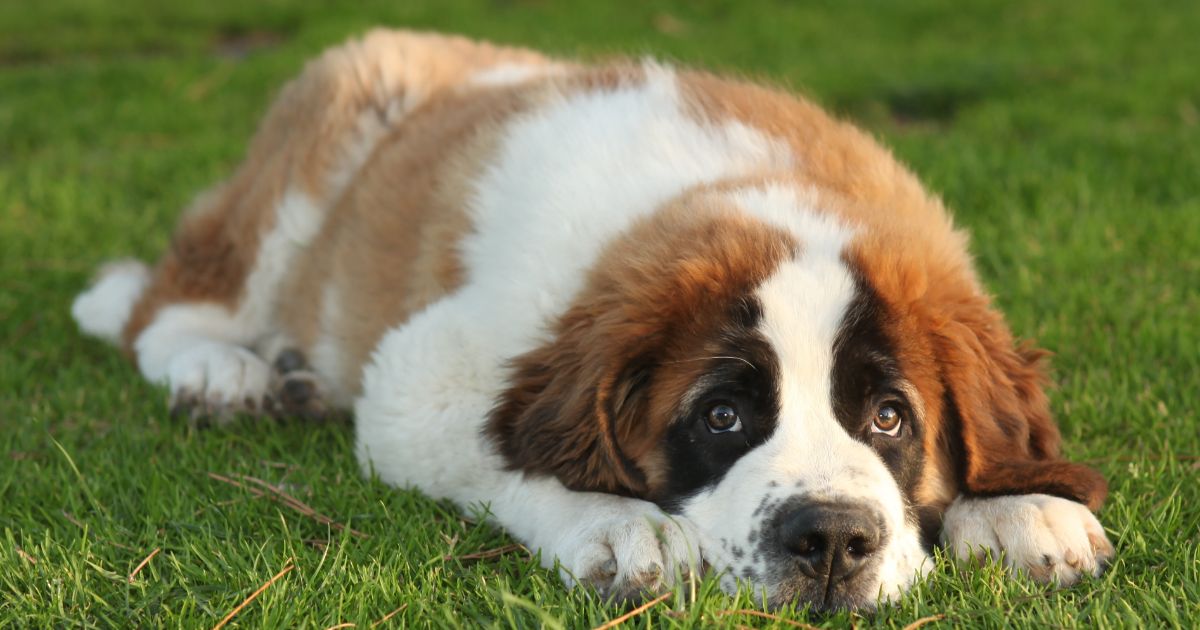 Shutterstock
Shutterstock
Bloat, also known as gastric dilatation-volvulus (GDV), is a serious and potentially fatal condition that affects dogs, particularly large and deep-chested breeds. It occurs when a dog’s stomach fills with gas, food, or fluid and twists, trapping the contents and cutting off blood flow. This condition requires immediate veterinary intervention, as it can lead to severe complications and even death if not treated promptly. Understanding which dog breeds are more prone to bloat can help owners take preventive measures and recognize the symptoms early.
Standard Poodle
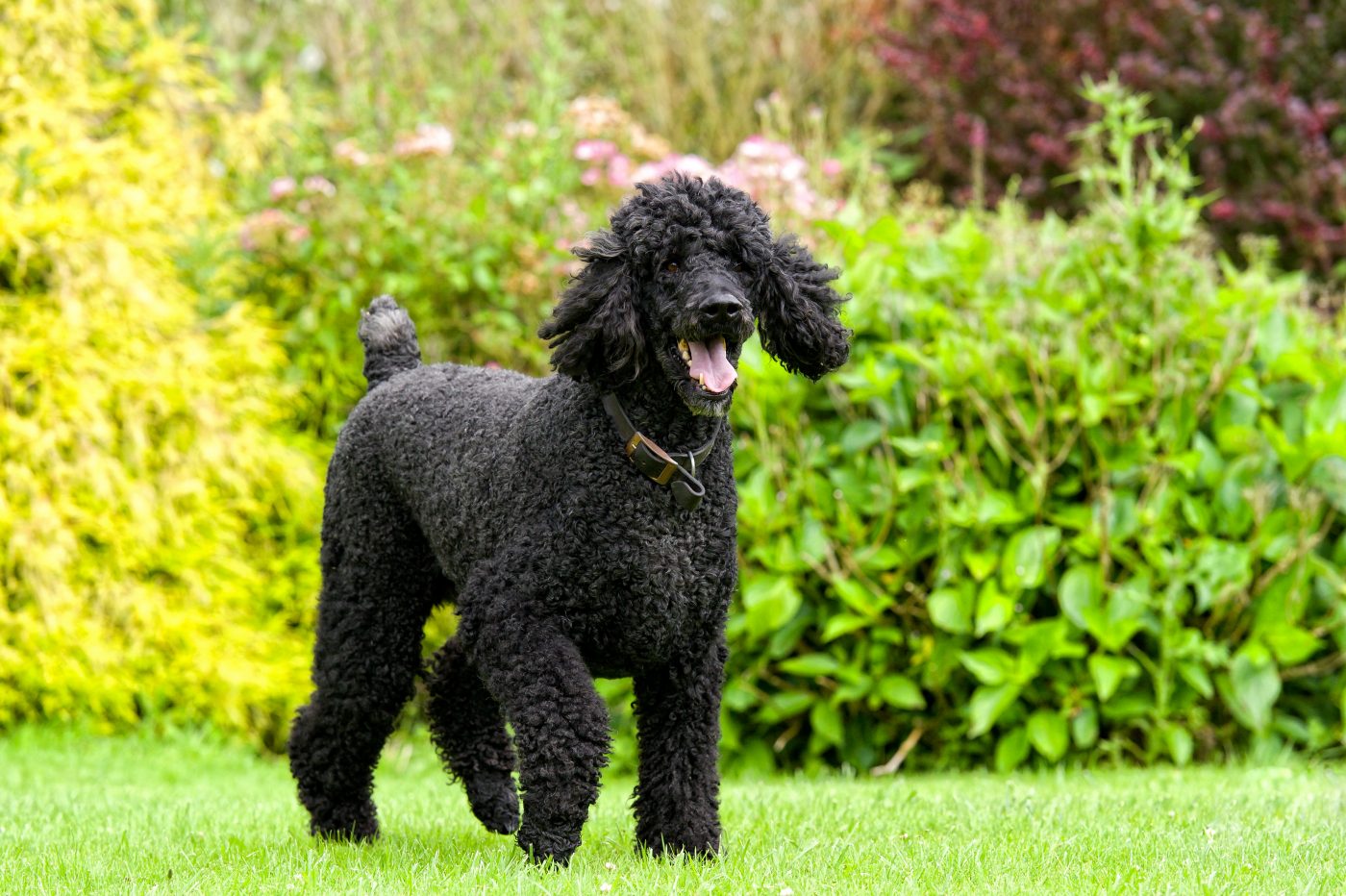 Shutterstock
Shutterstock
Standard Poodles, known for their intelligence and elegant appearance, are another breed susceptible to bloat. Their deep chests and narrow waists contribute to the risk of the stomach twisting and causing GDV. Standard Poodle owners should feed their dogs smaller, more frequent meals and avoid vigorous exercise immediately before and after eating. Being aware of the symptoms of bloat and having a plan for emergency veterinary care can help mitigate the risks associated with this condition. Preventive measures, such as gastropexy surgery, can also be considered for high-risk dogs to reduce the likelihood of GDV.
Great Pyrenees
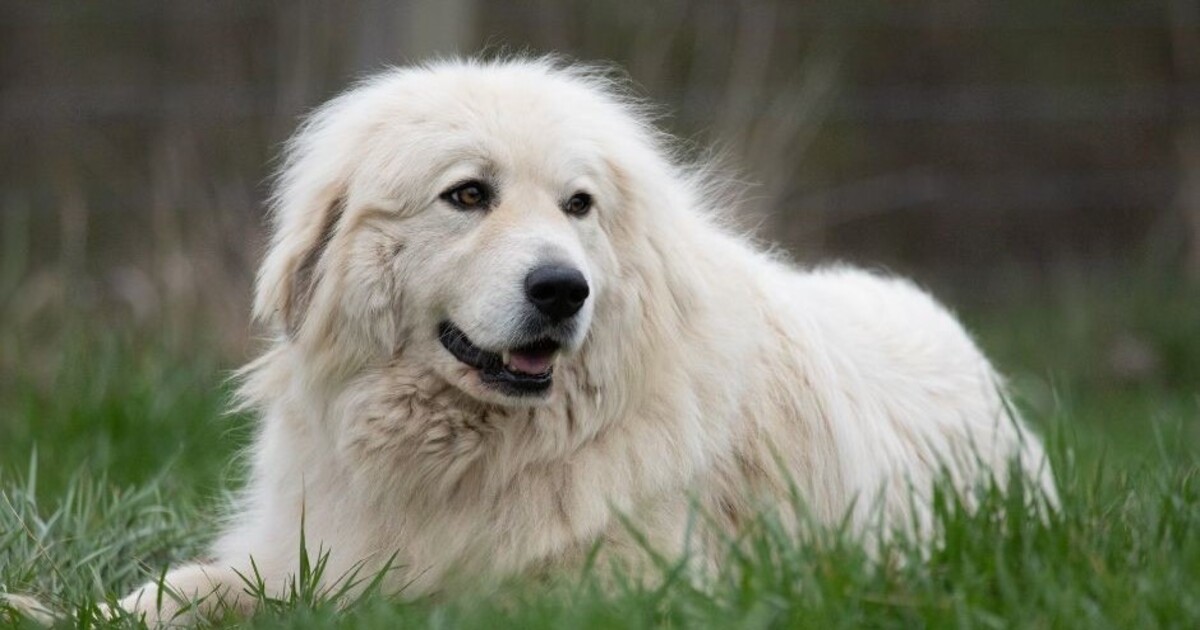 Shutterstock
Shutterstock
Great Pyrenees are large, fluffy dogs known for their protective instincts and gentle nature. However, their deep chests and large size make them prone to bloat, particularly if they eat too quickly or engage in vigorous activity around meal times. Great Pyrenees owners should take precautions to slow their dogs’ eating, such as using puzzle feeders or dividing meals into smaller portions. Ensuring their dogs have a calm environment during and after meals can also help reduce the risk of GDV. Awareness of the symptoms of bloat, such as unproductive retching, restlessness, and a distended abdomen, is crucial for prompt veterinary care. Preventive measures, such as gastropexy, can also be considered for Great Pyrenees to reduce the likelihood of this life-threatening condition.
German Shepherd
 Shutterstock
Shutterstock
German Shepherds are highly versatile working dogs known for their intelligence and loyalty. However, their deep chests make them prone to bloat, especially if they engage in vigorous activity around meal times. German Shepherd owners should ensure that their dogs have a calm environment during and after meals, with plenty of water available at all times. Avoiding rapid eating and feeding smaller, more frequent meals can help reduce the risk of GDV. Knowing the signs of bloat and having an emergency plan is essential for this breed. Preventive surgery, such as gastropexy, can also be considered for German Shepherds, particularly those with a family history of bloat.
Irish Setter
 Shutterstock
Shutterstock
Irish Setters, with their beautiful red coats and energetic personalities, are another breed at risk for bloat. Their deep chests and active nature can predispose them to GDV, particularly if they eat too quickly or engage in vigorous exercise around meal times. Irish Setter owners should feed their dogs smaller, more frequent meals and ensure a calm environment during and after eating. Recognizing the early signs of bloat, such as unproductive retching, restlessness, and a distended abdomen, is crucial for prompt veterinary intervention. Regular check-ups and preventive measures, such as gastropexy, can help mitigate the risks associated with this condition.
Weimaraner
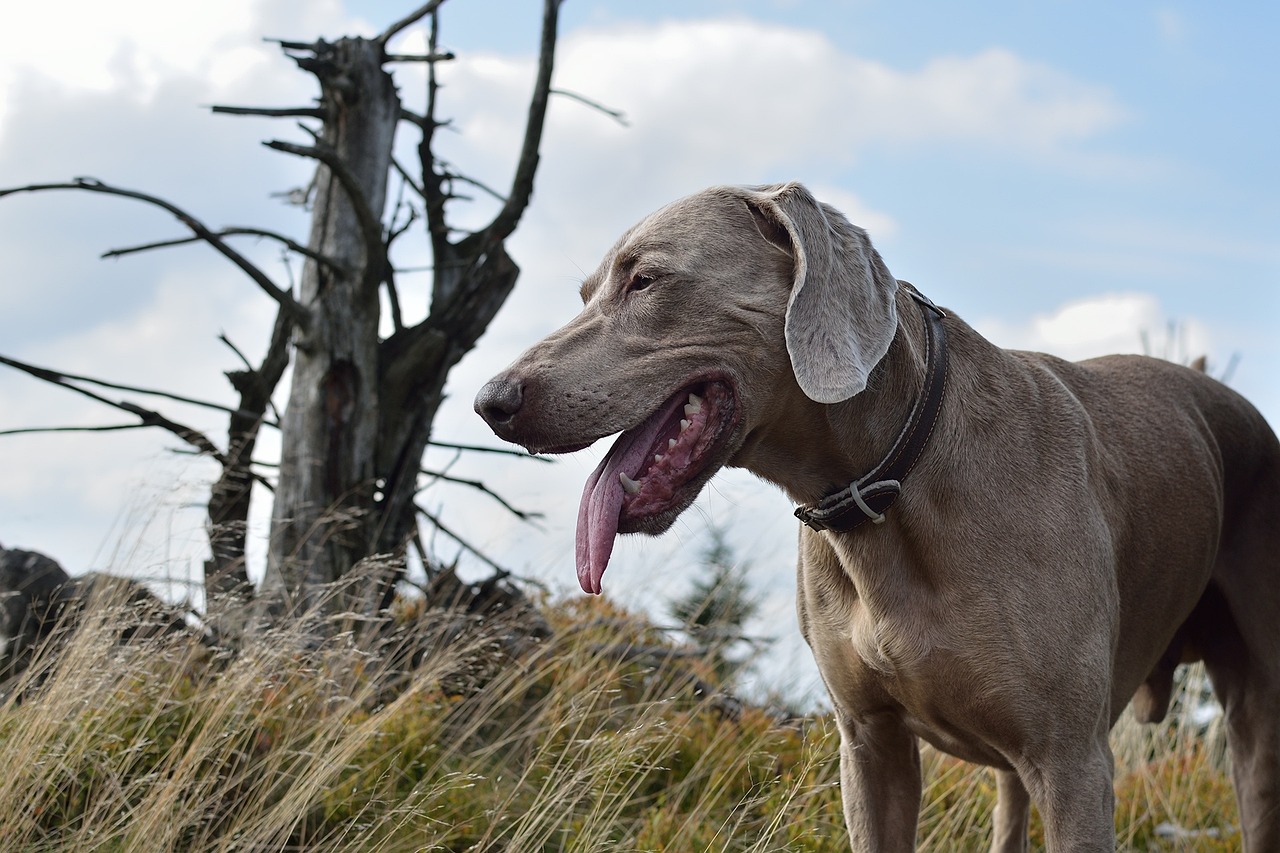 Shutterstock
Shutterstock
Weimaraners are sleek, athletic dogs known for their hunting prowess and high energy levels. However, their deep chests make them prone to bloat, particularly if they eat too quickly or are active around meal times. Weimaraner owners should take precautions to slow their dogs’ eating, such as using puzzle feeders or dividing meals into smaller portions. Ensuring their dogs have a calm environment during and after meals can also help reduce the risk of GDV. Awareness of the symptoms of bloat and prompt veterinary care are essential for this breed. Preventive measures, such as gastropexy, can also be considered for Weimaraners to reduce the likelihood of this life-threatening condition.
Saint Bernard
 Shutterstock
Shutterstock
Saint Bernards are large, powerful dogs known for their gentle nature and rescue work in the Swiss Alps. Unfortunately, their size and deep chests make them prone to bloat. The sheer volume of their abdominal cavity allows for significant expansion of the stomach, which can lead to GDV if the stomach twists. Saint Bernard owners should be vigilant about their dogs’ eating habits, avoiding large meals and ensuring their pets do not eat too quickly. Regular veterinary check-ups and awareness of bloat symptoms, such as restlessness, drooling, and a distended abdomen, are crucial for this breed. Immediate veterinary attention is essential if bloat is suspected.
Akita
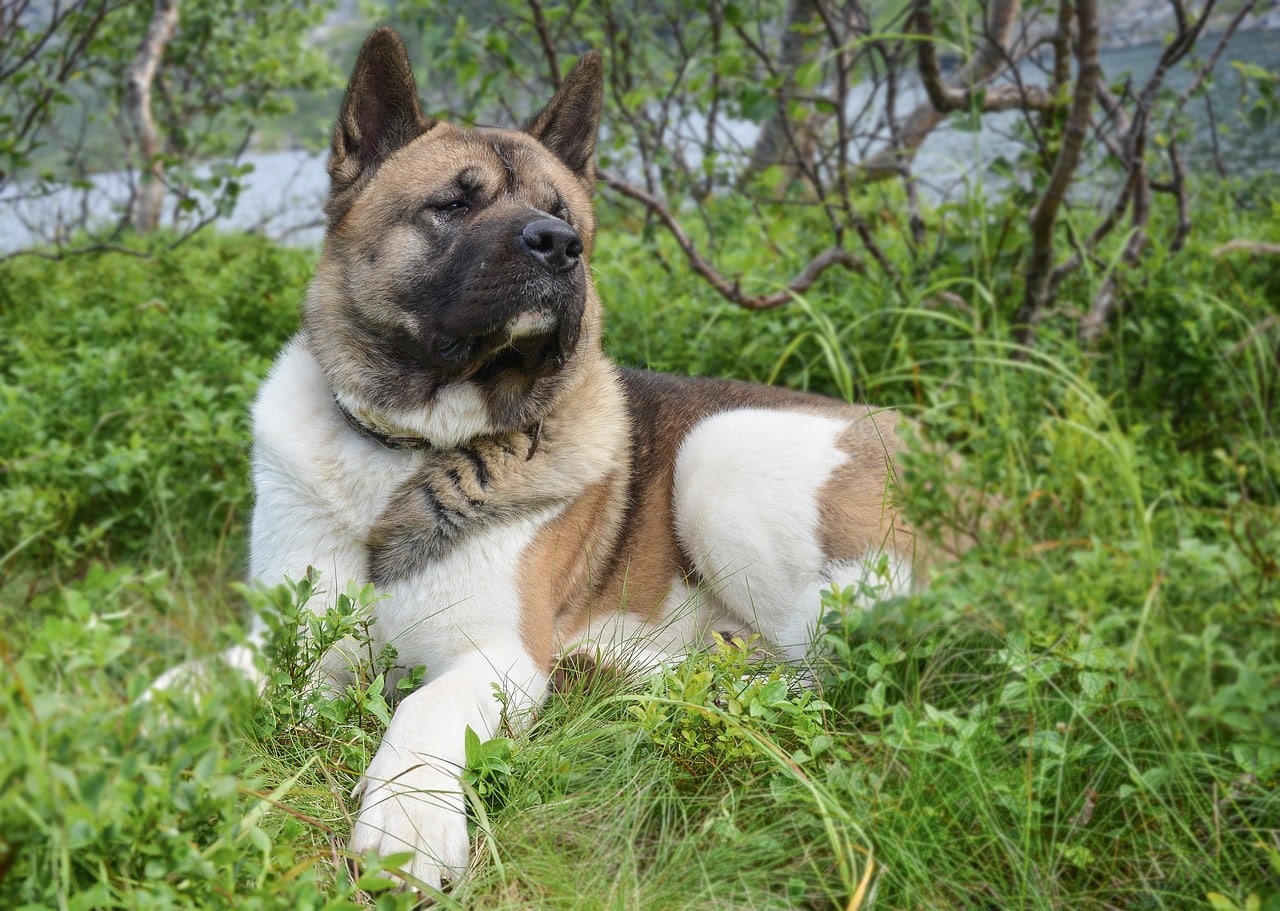 Shutterstock
Shutterstock
Akitas are large, powerful dogs known for their loyalty and protective nature. Their deep chests and large size make them susceptible to bloat, particularly if they eat too quickly or engage in vigorous activity around meal times. Akita owners should feed their dogs smaller, more frequent meals and ensure a calm environment during and after eating. Avoiding rapid ingestion of food and monitoring their activity levels can help reduce the risk of GDV. Knowing the signs of bloat, such as excessive drooling, restlessness, and a distended abdomen, is crucial for early detection and prompt veterinary intervention. Preventive surgery, such as gastropexy, can also be considered for Akitas to reduce the likelihood of this condition.
Great Dane
 Shutterstock
Shutterstock
Great Danes, often called gentle giants, are one of the most commonly affected breeds of bloat. Their large size and deep chest cavity make them particularly vulnerable to this life-threatening condition. Great Dane owners must be cautious about their dogs’ diet and exercise routines. Feeding them multiple small meals a day rather than one or two large meals can help prevent the rapid ingestion of food, a risk factor for bloat. Monitoring their activity levels around meal times and being vigilant for signs of bloat, such as excessive drooling, restlessness, and an enlarged abdomen, can be life-saving. Early detection and immediate veterinary intervention are crucial for this breed.
Keep Your Pup’s Tummy Safe
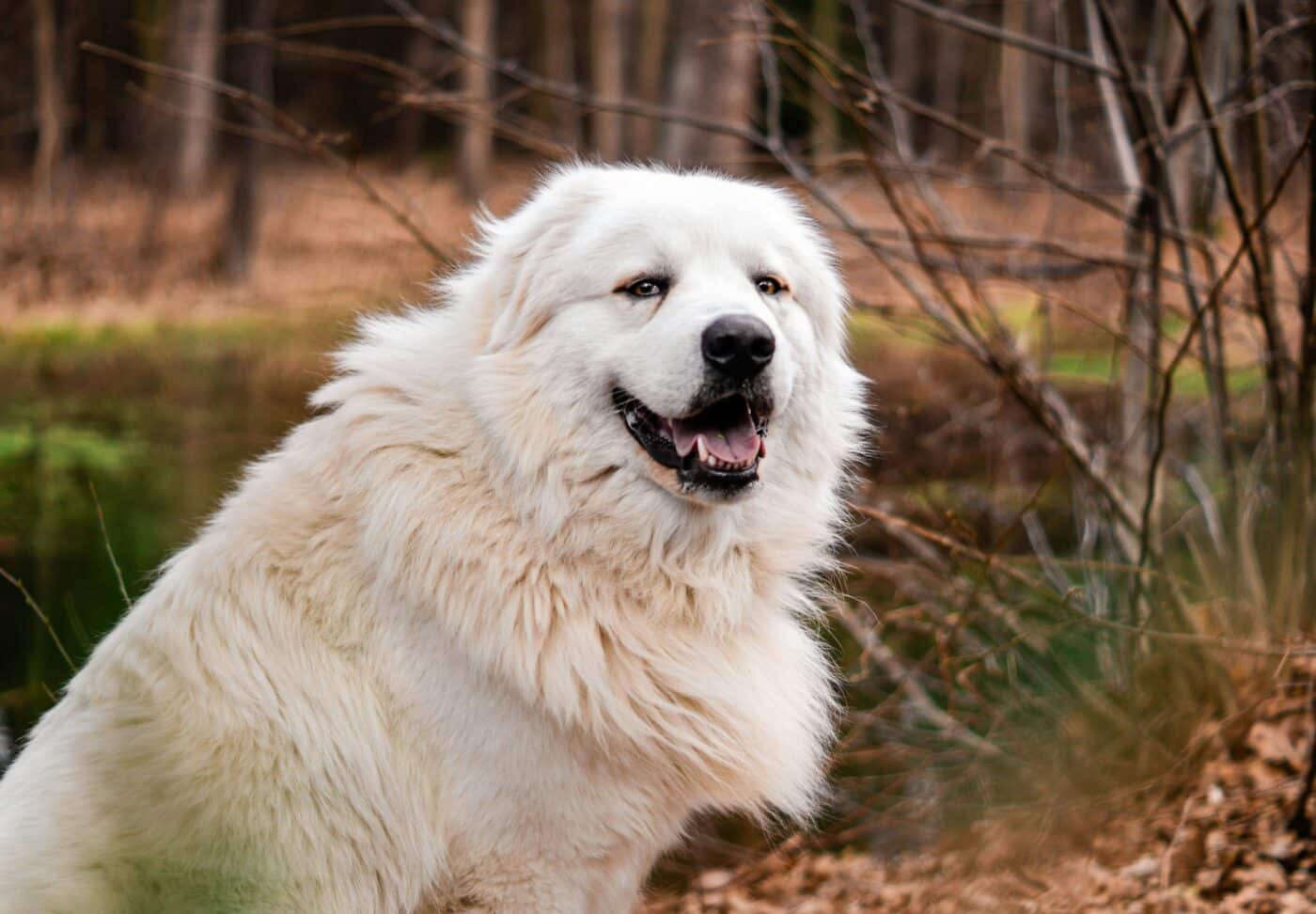 Shutterstock
Shutterstock
These dog breeds are particularly susceptible to bloat due to their deep chests and large sizes. Understanding the risk factors and taking preventive measures can help mitigate the chances of GDV. Owners should be vigilant about their dogs’ eating habits, activity levels, and overall health and be prepared to seek immediate veterinary care if bloat is suspected. Regular check-ups and preventive surgeries, such as gastropexy, can benefit high-risk breeds. By taking these precautions, owners can help ensure the health and well-being of their beloved pets.
 Toledo, United States.
Toledo, United States.